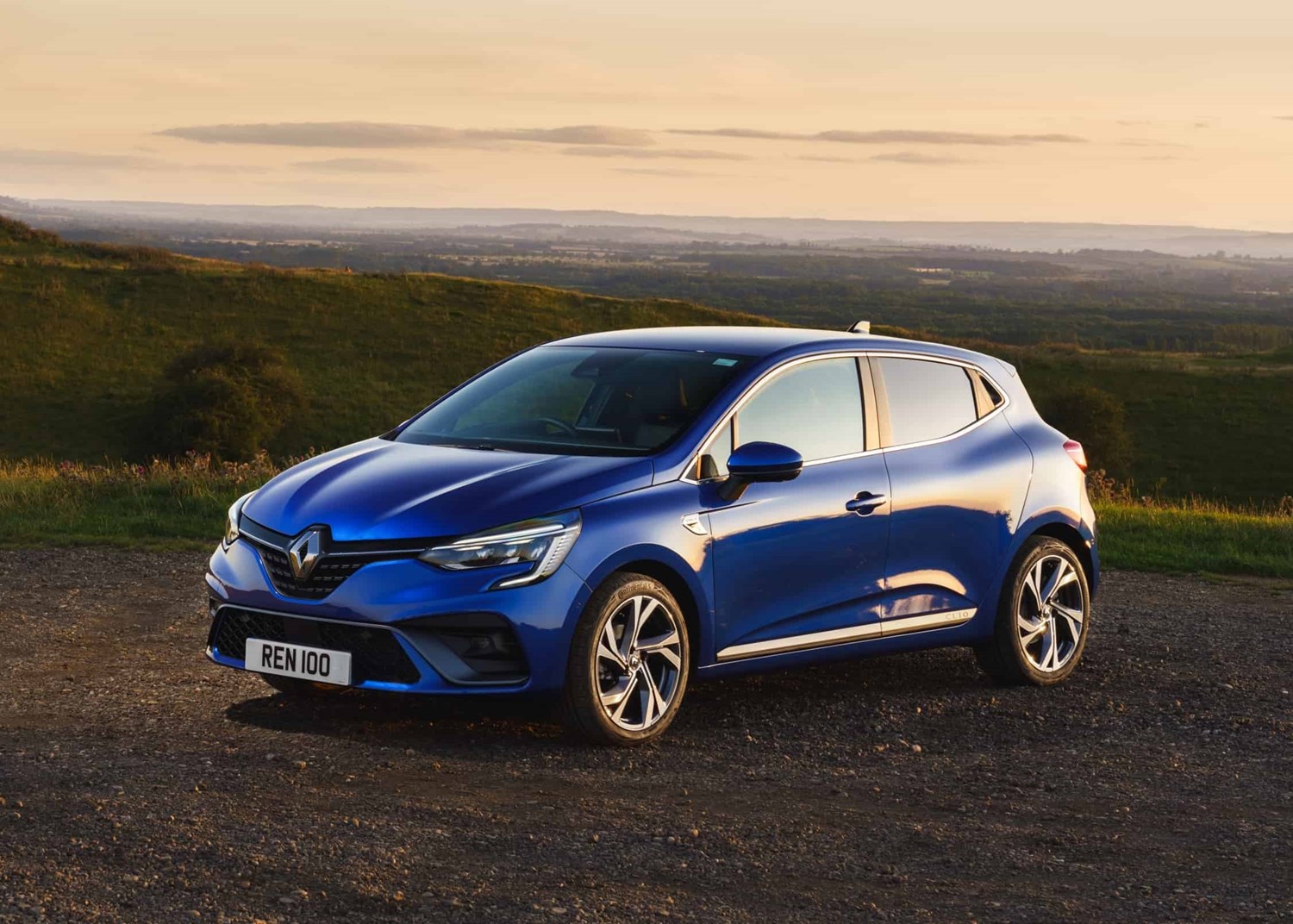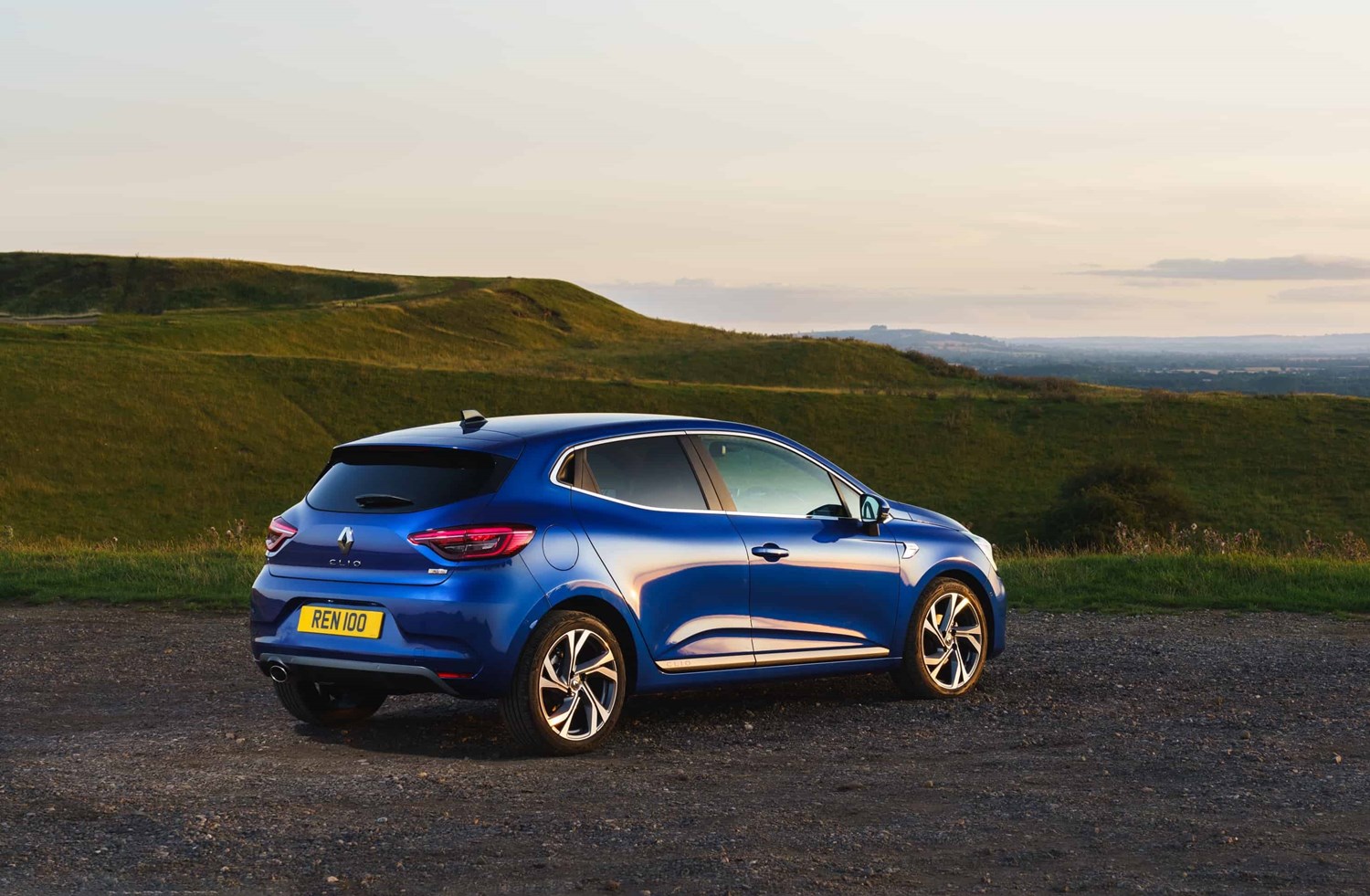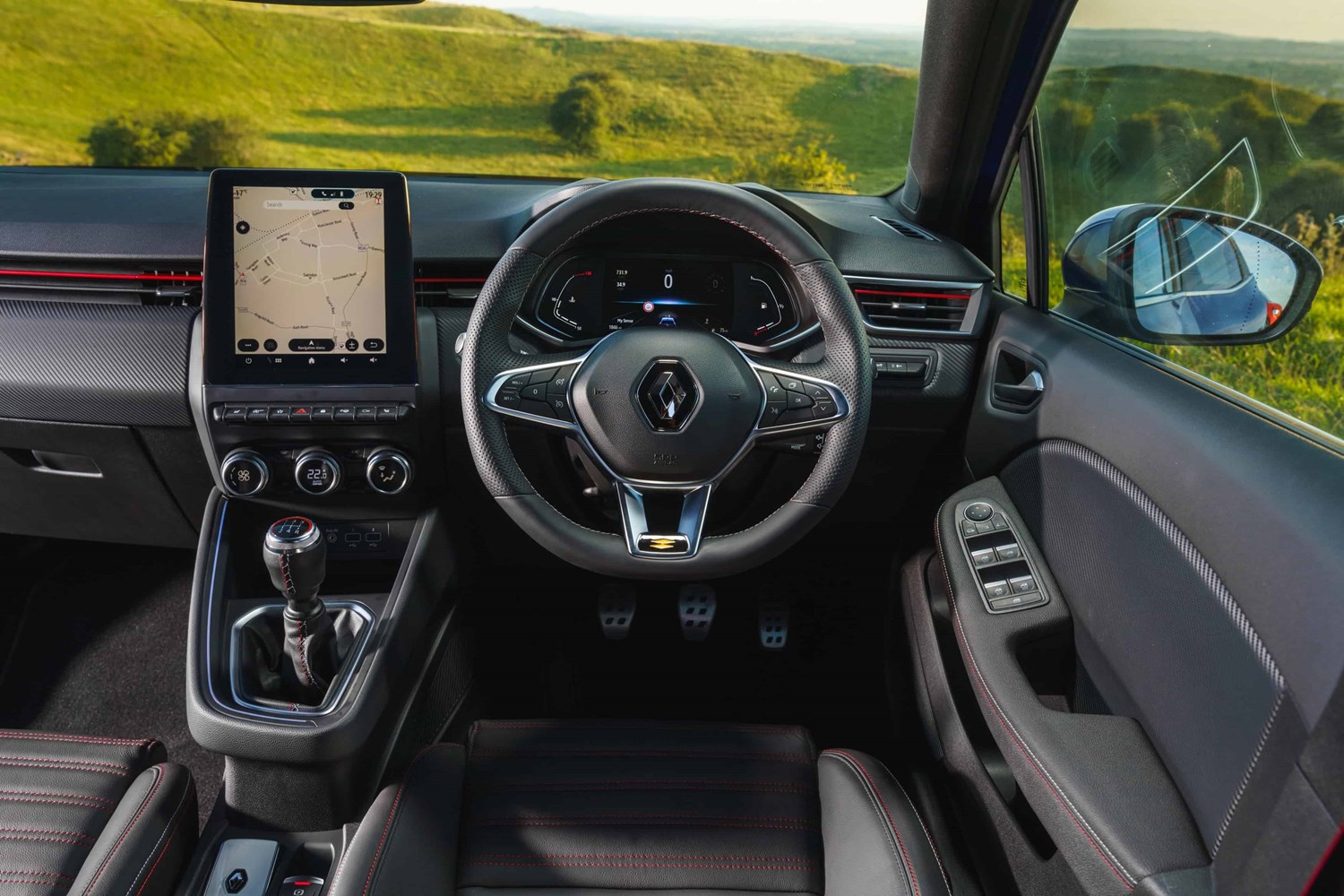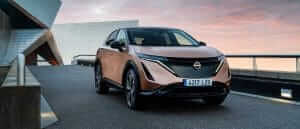Latest model
On looks alone, you might not think this fifth-generation Clio is actually a new model, but rather a facelift. But Renault says how the Clio looks is one of the main factors as to why people buy it, so you can see why they’ve taken an evolutionary approach here, introducing new LED lights and making the car marginally shorter than its predecessor.
But it’s underneath the surface where it’s all change. The Clio sits on a new CMF-B platform that allows for electrification, so a hybrid model is available for the first time. Renault has also cleverly changed the cabin to maximise space – meaning the boot is significantly bigger than before.
The interior is perhaps the biggest change, though, with a new layout, more technology and improved materials being used throughout in a bid to take the Clio a step further upmarket.
Value for money
As with the majority of superminis, the Clio has moved upmarket over the years as buyers demand higher quality and more creature comforts – even in small cars. It means that the Clio isn’t quite the bargain model it once was, with prices starting from £15,295 for an entry-level Play SCe 75 model. That said, it still undercuts the Ford Fiesta and Vauxhall Corsa for price.
Standard equipment is quite impressive, though, and includes cruise control, LED headlights and a suite of safety kit. You’ll probably want a mid-spec Iconic version, though – these coming with rear parking sensors and a touchscreen that entry-level models miss out on.
Given the latest Clio only arrived on sale towards the end of 2019, these models remain quite pricey, though a six-month-old example with just 2,000 miles on the clock can be had for £12,490 – nearly £3,000 off the list price.
If you’re not so fussed about having the latest model, the previous-generation Clio is worth looking at. A 2016 version in an appealing Dynamique Nav spec with a turbocharged petrol engine with around 50,000 miles on the clock is available for around £6,500 – something that would be a good buy.
Looks and image
The Clio has always been a very stylish model, and even with only limited exterior changes here, it continues to look fresh and modern. As mentioned earlier, the Clio now comes with LED headlights as standard, while a larger grille helps to give it a bolder look. If you’re coming from an older Clio, you might hope that the design had perhaps changed a bit more, but either way, this hatch is still a clean and fresh-looking model. Higher-spec R.S. Line versions are the ones to go for if you value style – thanks to their sportier look.
The interior is the biggest change, though, as the cheap plastics and low-rent feel of its predecessor are gone. While it still doesn’t feel quite as upmarket as the Peugeot 208, it eclipses the Corsa and Fiesta with its high-quality interior, with new materials being used and a far cleaner look adopted throughout. You’ll need an Iconic model to get the seven-inch touchscreen, which is easy to use and hosts all the functions you’d need. S Edition models upwards utilise a brilliant 9.3-inch touchscreen as well, while you can choose a fully digital 10-inch digital instrument cluster from the options list.
The Clio remains good to drive, too – feeling nimble but at the same time refined and comfortable. While not as fun as the Fiesta behind the wheel, the Clio is a great all-rounder for a whole mix of driving.





